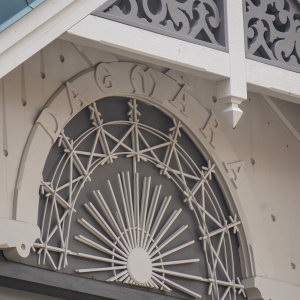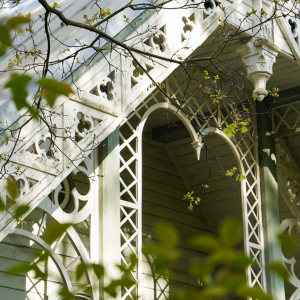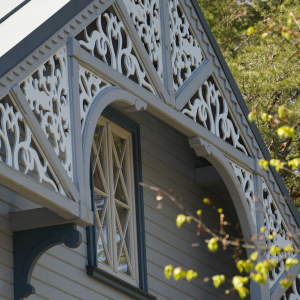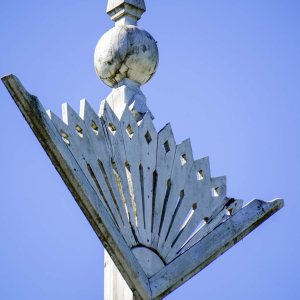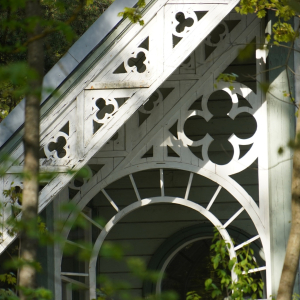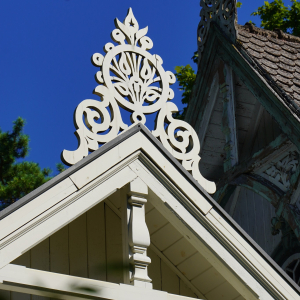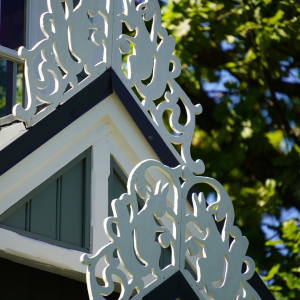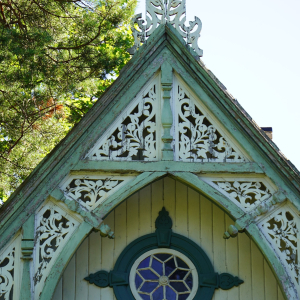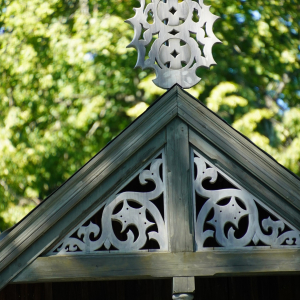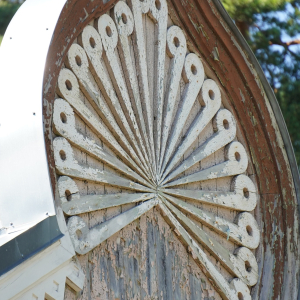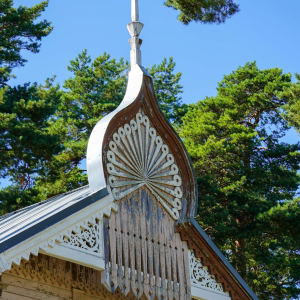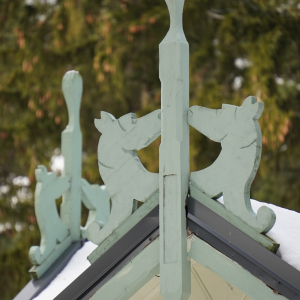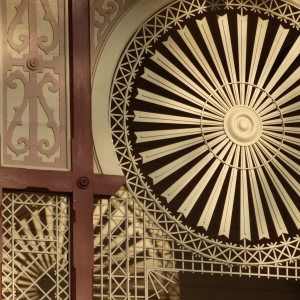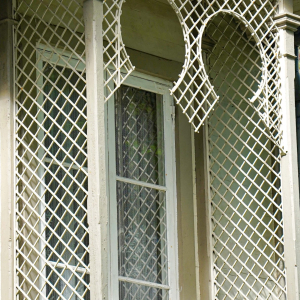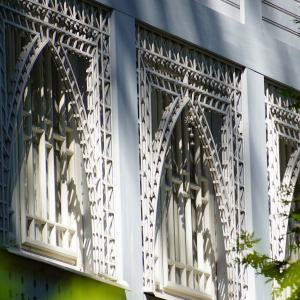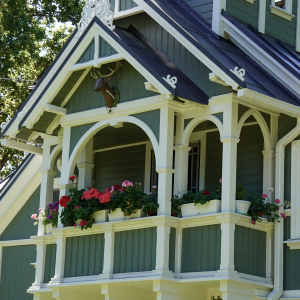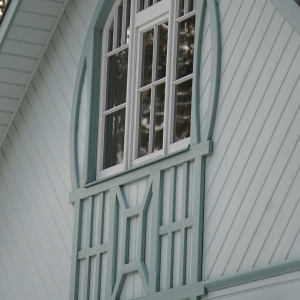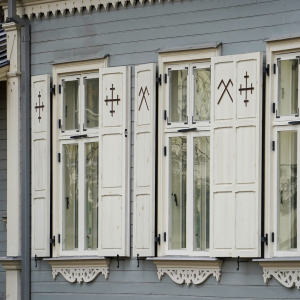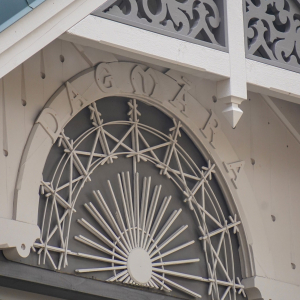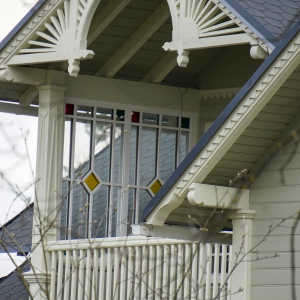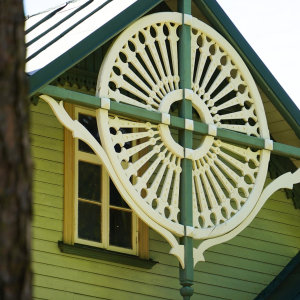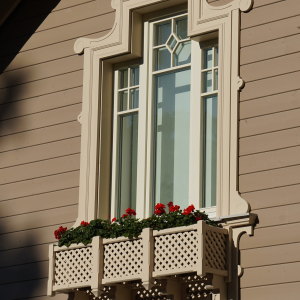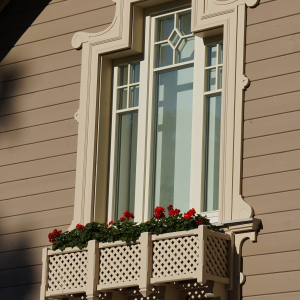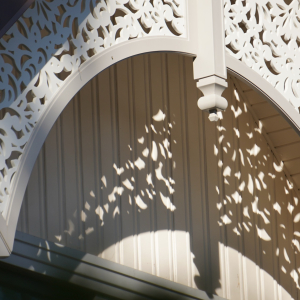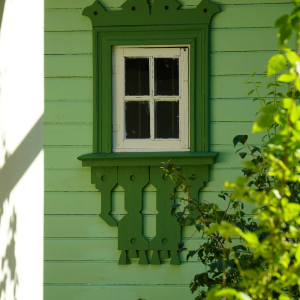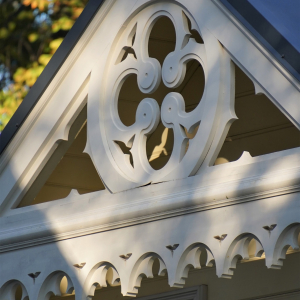Wooden Architecture Guide of Jūrmala
Wooden Architecture Guide of Jūrmala
- 56.9684476,23.7737546
- Architecture
- Open 24h
Created in close collaboration with the Jūrmala Centre for Cultural Environment and Urban Design, this guide invites you to take a leisurely walk and discover the city’s historic wooden architecture—from Vaivari to Lielupe. Jūrmala’s urban environment preserves one of the most outstanding collections of wooden buildings in Latvia. The city’s historic architecture emerged at a time when seasonal residences, adapted to the coastal climate, were built using locally available materials—wood—whose forms and decorative details reflect strong craftsmanship traditions. This architectural heritage was shaped during the era when renowned architects of Baltic German, Latvian, Russian, and Finnish origin—including Arturs Medlingers, Wilhelm Bockslaff, Heinrich Scheel, and Eižens Laube—contributed to the development of Rīgas Jūrmala. Today, this wooden architecture defines the city’s unique identity: Jūrmala is home to 385 architectural monuments of national, regional, or local importance and around 700 culturally and historically valuable buildings worth preserving.
The route begins in the neighbourhoods of Vaivari, Asari, and Melluži, where the picturesque Kāpu Street—the main artery of Jūrmala’s villa districts—runs along historic Art Nouveau boarding houses. Along the way, you can also reach the Melluži Open-Air Stage, the only remaining historical concert garden in Jūrmala. In the Dubulti neighbourhood, quiet, winding streets reveal romantic summer villas that represent a variety of architectural styles—from historicism to Art Nouveau. The route then leads through the central part of the city—Majori and Dzintari—where Jūras Street forms Jūrmala’s most prominent axis of wooden architecture, lined with ornate villas. Edinburgas Prospect and Dzintaru Prospect showcase both aristocratic mansions and family summer houses in the National Romantic style. The walk continues through the neighbourhoods of Bulduri and Lielupe, where Bulduru Prospect forms a continuous architectural gallery, while Meža Prospect surprises visitors with tower-like structures and highly decorative façades. These areas reveal the rich stylistic diversity of Jūrmala’s architecture—from Classicism and Neo-Gothic to Art Nouveau and National Romanticism—offering a visually impressive architectural landscape.
Explore the architectural guide here.
